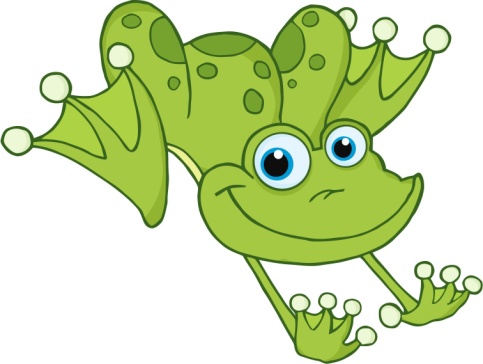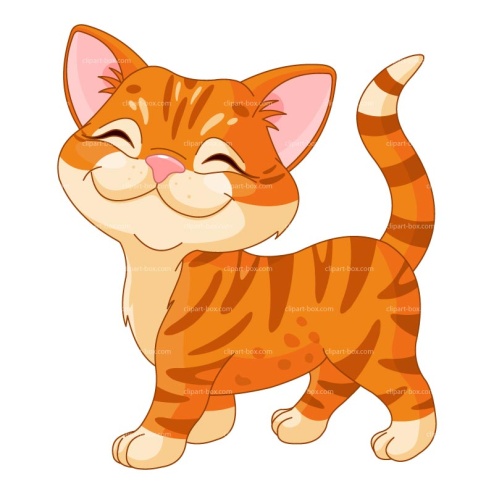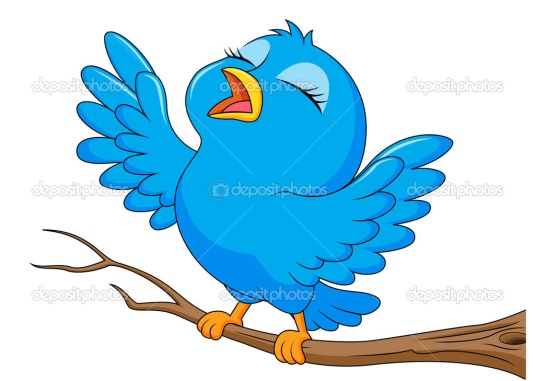- Учителю
- Unit 6 Traditions and folklore
Unit 6 Traditions and folklore
Lesson planLESSON: Unit 6 Traditions and folklore
Springtime in Kazakhstan
School: school-lyceum123 after
Temirbek Zhurgenov
Date: 29. 06. 2016
Teacher name: Kulmakhanova. N
CLASS: 1А
Number present: 15
Absent:
Learning objectives(s) that this lesson is contributing to
1.S3 pronounce basic words and expressions intelligibly
1.L3 recognize with support simple greetings, recognize the spoken form of a limited range of basic and everyday classroom words
1.L1 recognize short instructions for basic classroom routines spoken slowly and distinctly
Lesson objectives
All learners will be able to:
*follow the instructions
*know the letter Ss
*pronounce familiar words and short phrases
Most learners will be able to:
* recognize a spring scene image according to the teacher instructions
Some learners will be able to:
* make a short instruction
Success criteria
* can correctly pronounce key words
* can say and react with support to all simple greetings
* can use everyday classroom words
*can recognize short instructions for basic classroom routines spoken slowly and distinctly
Previous learning
Happy birthday
Plan
Planned timings
Planned activities
(replace the notes below with your planned activities)
Resources
Start
(in minutes)
3 min
Phonetic drill
Spring is green,
Summer is brigth,
Autumn is yellow,
Winter is white
Teacher divides the class into three groups.
Group A green
Group B yellow
Group C red
Middle
(2 min)
(5 min)
(3 min)
(5 min)
(5 min)
(5 min)
(5 min)
(5 min)
(5 min)
Revising the letters Aa - Ss
Teacher hangs the sings (-, 0, |) on the wall, then asks pupils to group the letters.
(marking - smiles)
Teacher introduces the letter Ss.
Asks them to write the letter "in the air".
Pupils listen to the song
Letter S, S, S. Listen s, s, s.
The sky, the sun, swim, snow.
What's this?
I don't know.
Working with the new words.
Teacher presents the new words using the pictures of:
sky
the sun
swim
snow
flower
tree
bee
grass
air (ауаны демалып мағынасын түсіндіреміз )
clear (dirty)
sing
year (календарь)
Listening the song.
Pupils listen to the song "Spring is here"
Teacher asks pupils to guess the theme of the new lesson.
Teacher: Spring is one of the prettiest seasons of the year.
In spring we can see the rainbow, we can see the butterflies, we can smell the flowers, we can hear the birds, we can feel the Sun. There will be the Mother's day and Nauryz in spring.
Presentation of the modal verb can \ can't
Teacher presents the modal verb ca\can't. positive, negative and
I can …
I can't …
Can you …?
Yes I can. No, I can't.
Complete the poem
Pupils should complete the poem using the pictures.




I can smile like a ….
I can jump like a ……
I can sing like a ….
I can run like a …
Game: "Slowly flashcards"
Teacher opens one of the picture very slowly and students should guess (name) what they can see in the picture.
Questions - Answer work
Throwing the ball the teacher asks questions about the picture
of spring season. The picture is on the board.
- Can you see any trees?
- Can you see any flowers?
- Can you see any cats?
- Can you see a house in the picture?
- Can you see bees?
- Can you see children?
(marking - Thumbs up)
Whole class work.
Let's draw our picture so that we have a ticket to the spring season Listen and choose the right picture.
Five pictures for each pupil.then pupils glue their pictures on
the wall. Pupils should listen to the teacher's notes and draw the
pictures.
Draw and colour the bees black and yellow.
Draw and colour the grass green.
Draw and colour the flowers pink.
Draw and colour birds blue.
Draw and colour the trees green.
(marking - Traffic lights)
(CD 73)
Enlish1 Kuznetsova
Pictures and the word cards
yandex</<font color="#000000">.kz/video/search?text=spring
Flashcards
Assessment criteria
Descriptors
* Knowledge - comprehension (to know)
* To understand the key words
*Can use the modal verb "can"
Application (to use)
*The modal verb "can"
To draw and colour the pictures.
End
(2 min)
Feedback
Pupils produce words in response to basic prompts.
Show your mood
happy like a monkey![]()
sad like a wolf ![]()
energetic as a lion![]()
Additional information
Differentiation - how do you plan to give more support? How do you plan to challenge the more able learners?
Assessment - how are you planning to check learners' learning?
Cross-curricular links
Health and safety check
ICT links
Values links
-
While working in a group, Ss can make a short competition.
-
While playing game more able Ss can prompt and help weaker Ss.
-
Stronger Ss can show their speaking skills while working with pictures sticking and naming them but others may point the pictures according to T's instructions.
-
Walking around and listening to learners. Note which learners can remember many words, some words, a few and hardly any.
-
sticking, colouring
-
white board is used no more than 5 minutes
-
use water based markers
-
use mucilage glue
-
when students work in groups, they will learn to be polite and respectful to each other
Reflection
Use the space below to reflect on your lesson. Answer the most relevant questions from the box on the left about your lesson.
Were the lesson objectives/Learning objectives realistic?
What did the learners learn today?
What was the learning atmosphere like?
Did my planned differentiation work well?
Did I stick timings? What changes did make from my plan and why?
Summary evaluation
What two things went really well (consider both teaching and learning)?
*
*
What two things would have improved the lesson (consider both teaching and learning)?
*
*
What have I learned from this lesson about the class or individuals that inform my next lesson?
*